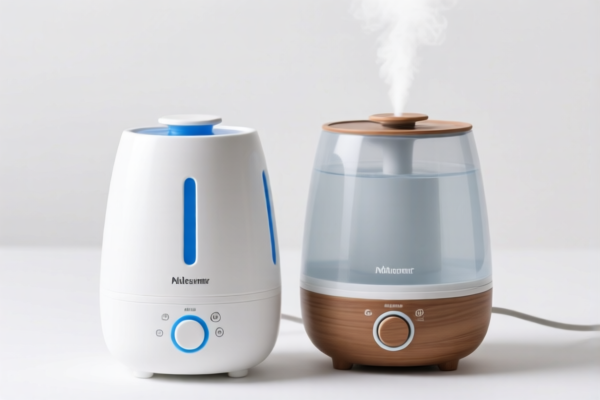| HS Code | Official Doc | Tariff Rate | Origin | Destination | Effective Date |
|---|---|---|---|---|---|
| 4202921000 | Doc | 58.4% | CN | US | 2025-05-12 |
| 4202995000 | Doc | 62.8% | CN | US | 2025-05-12 |
| 9617001000 | Doc | 37.2% | CN | US | 2025-05-12 |
| 9617003000 | Doc | 36.9% | CN | US | 2025-05-12 |
| 3923102000 | Doc | 55.0% | CN | US | 2025-05-12 |
| 3923900080 | Doc | 58.0% | CN | US | 2025-05-12 |
| 3926901600 | Doc | 40.6% | CN | US | 2025-05-12 |
| 3926909940 | Doc | 42.8% | CN | US | 2025-05-12 |
| 4602190500 | Doc | 60.0% | CN | US | 2025-05-12 |
| 4602191200 | Doc | 60.8% | CN | US | 2025-05-12 |




Meal Box
A meal box (also known as a meal kit, or food box) is a subscription service that delivers pre-portioned ingredients and recipes directly to a customer's door. These services aim to simplify home cooking, reduce food waste, and introduce variety into meal planning.
Material:
- Packaging: Typically cardboard boxes are used for shipping, often with insulated liners (foam, recycled denim, or plant-based materials) and gel or ice packs to maintain food freshness. Individual ingredients are packaged in plastic or recyclable paper bags. Some companies are increasingly using compostable packaging.
- Ingredients: Fresh produce, meats, seafood, and pantry staples are commonly included. Ingredient sourcing varies, with some companies focusing on organic, locally sourced, or sustainably raised options.
Purpose:
- Convenience: Eliminates the need for grocery shopping, meal planning, and precise ingredient measurement.
- Skill Development: Introduces users to new recipes and cooking techniques.
- Reduced Food Waste: Pre-portioned ingredients minimize spoilage and waste.
- Dietary Variety: Offers a wide range of cuisines and dietary options.
Function:
Meal boxes function by providing all necessary components for a specific recipe, allowing users to prepare a complete meal at home with minimal effort. The service typically involves:
- Subscription: Customers select a meal plan based on dietary preferences, number of servings, and frequency of delivery.
- Recipe Selection: Users choose recipes from a weekly menu.
- Delivery: Ingredients and recipe cards are delivered on a scheduled basis.
- Preparation: Customers follow the provided recipe card to cook the meal.
Usage Scenarios:
- Busy Professionals: Individuals with limited time for grocery shopping and meal planning.
- Couples & Families: Convenient solution for weeknight dinners.
- Cooking Beginners: Introduces new skills and techniques in a structured manner.
- Individuals Seeking Variety: Expands culinary horizons with diverse recipes.
- Those Aiming to Reduce Food Waste: Minimizes ingredient spoilage.
Common Types:
- Classic Meal Kits: Offer a broad range of recipes with diverse cuisines.
- Vegetarian/Vegan Meal Kits: Focus on plant-based meals.
- Specialty Diet Meal Kits: Cater to specific dietary needs (e.g., Keto, Paleo, Gluten-Free).
- Family Meal Kits: Designed for larger households with kid-friendly options.
- Quick & Easy Meal Kits: Recipes with shorter preparation times.
- Prepared Meal Kits: Deliver fully cooked meals that require minimal heating.
- Seafood Specific Kits: Focus on fish and shellfish recipes.
- Ethnic Cuisine Kits: Concentrate on specific regional cuisines (e.g., Thai, Indian, Italian).
The declared goods are “meal box”, which generally refers to containers used for holding and transporting meals. Based on the provided reference material, the following HS codes may be relevant:
- 3923102000: This HS code falls under Chapter 39, which covers articles for the conveyance or packing of goods, of plastics. Specifically, it covers boxes, cases, crates and similar articles specially shaped or fitted for the conveyance or packing of semiconductor wafers, masks or reticles of subheadings 3923.10 or 8486.90. If the meal box is designed for specialized transport and made of plastic, this code may apply. The total tax rate is 55.0%.
- 3923900080: This HS code also falls under Chapter 39, covering articles for the conveyance or packing of goods, of plastics. However, this code is for “Other” articles not specifically mentioned elsewhere in the chapter. If the meal box is made of plastic and doesn’t fall into the specialized category of 3923102000, this code may be applicable. The total tax rate is 58.0%.
- 4602190500: This HS code falls under Chapter 46, covering basketwork, wickerwork and other articles, made directly to shape from plaiting materials or made up from articles of heading 4601; articles of loofah, specifically of vegetable materials, and “Other” fishing baskets or creels. If the meal box is made of vegetable materials (e.g., bamboo, rattan) and is not used for fishing, this code may apply. The total tax rate is 60.0%.
- 4602191200: This HS code also falls under Chapter 46, covering basketwork, wickerwork and other articles, made directly to shape from plaiting materials or made up from articles of heading 4601; articles of loofah, specifically of vegetable materials, and “Other” baskets and bags, whether or not lined, of willow. If the meal box is made of willow, this code may be applicable. The total tax rate is 60.8%.
Regarding HS code 3923102000 and 3923900080, please note that the material must be plastic.
Customer Reviews
No reviews yet.